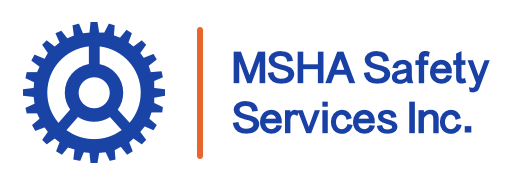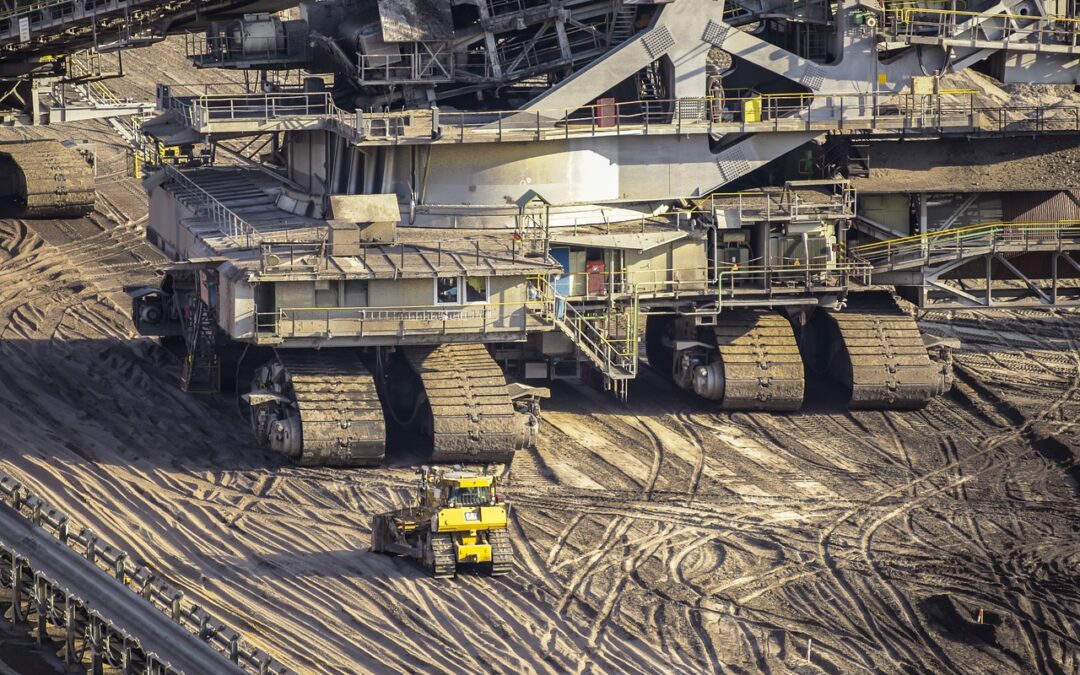Industrial hygiene plays a vital role in maintaining safe and healthy work environments. By identifying, evaluating, and controlling workplace hazards, industrial hygiene protects workers from potential risks while promoting productivity and well-being. This article explores common examples and practices in industrial hygiene, shedding light on how businesses can implement effective strategies to create safer workplaces.
Overview of Industrial Hygiene
Industrial hygiene focuses on anticipating, recognizing, evaluating, and controlling environmental factors that could harm workers’ health or comfort. From chemical exposure to noise levels, industrial hygiene ensures workplaces remain compliant with safety regulations and standards. By addressing these concerns, organizations safeguard their most valuable asset—their employees.
Role of Industrial Hygienists in Workplace Safety
Industrial hygienists are professionals trained to identify and mitigate hazards that threaten workers. Their responsibilities include:
- Conducting workplace evaluations.
- Recommending control measures for identified risks.
- Developing programs to ensure ongoing compliance with safety standards.
By taking a proactive approach, industrial hygienists help businesses maintain a safe environment and meet regulatory obligations.
Common Hazards Addressed in Industrial Hygiene
Workplace hazards come in many forms, and industrial hygiene addresses them comprehensively. Examples include:
- Chemical hazards: Exposure to solvents, fumes, and dust.
- Physical hazards: Excessive noise, vibration, or radiation.
- Biological hazards: Bacteria, viruses, and other pathogens.
- Ergonomic hazards: Poor workstation design leading to repetitive strain injuries.
Recognizing these risks is the first step toward creating a safer work environment.
Tools and Equipment Used in Industrial Hygiene
Industrial hygienists rely on various tools to assess and manage workplace hazards effectively. Common equipment includes:
- Air sampling pumps to measure airborne contaminants.
- Noise dosimeters to evaluate sound levels.
- Heat stress monitors for extreme temperature conditions.
- Gas detectors to identify the presence of toxic gases.
These tools provide data essential for implementing targeted safety measures.
Key Practices and Methods in Industrial Hygiene
To mitigate workplace risks, industrial hygiene employs several core practices, including:
- Hazard identification: Systematic assessments to pinpoint potential risks.
- Exposure monitoring: Continuous tracking of workers’ exposure levels.
- Engineering controls: Installing ventilation systems or noise barriers.
- Administrative controls: Establishing safety protocols and schedules.
- Personal protective equipment (PPE): Providing gloves, masks, and other protective gear.
These methods form a robust framework for minimizing risks and protecting workers.
Risk Assessment and Control in Industrial Hygiene
Risk assessment is a cornerstone of industrial hygiene, involving the identification of hazards, evaluation of their severity, and implementation of control measures. The process includes:
- Conducting initial assessments to determine baseline risks.
- Implementing the hierarchy of controls: elimination, substitution, engineering, administrative, and PPE.
- Regularly reviewing and updating control measures based on workplace changes.
Proactive risk management ensures workplaces stay safe and compliant.
Regulatory Standards and Guidelines in Industrial Hygiene
Compliance with regulatory standards is critical for maintaining workplace safety. Key guidelines include:
- Occupational Safety and Health Administration (OSHA) regulations, which set exposure limits for various hazards.
- American Conference of Governmental Industrial Hygienists (ACGIH) recommendations for threshold limit values (TLVs).
- Mine Safety and Health Administration (MSHA) standards for protecting miners.
Adhering to these guidelines not only ensures safety but also avoids legal penalties.
Best Practices for Effective Industrial Hygiene Programs
Successful industrial hygiene programs share several best practices, such as:
- Conducting regular workplace audits.
- Providing ongoing training for employees.
- Encouraging open communication about safety concerns.
- Leveraging technology for real-time monitoring.
- Documenting and reviewing safety measures periodically.
By adopting these practices, businesses can foster a culture of safety and compliance.
Challenges in Industrial Hygiene and Safety
Despite its importance, industrial hygiene faces several challenges, including:
- Keeping up with emerging hazards in evolving industries.
- Ensuring employee buy-in for safety protocols.
- Addressing gaps in training and resources for smaller organizations.
Overcoming these challenges requires continuous education, collaboration, and innovation.

Emerging Trends in Industrial Hygiene
As workplaces evolve, new trends are shaping industrial hygiene practices. Key developments include:
- Wearable technology: Devices that monitor exposure levels in real-time.
- Artificial intelligence: Predictive analytics for identifying potential risks.
- Sustainable practices: Reducing environmental impact through green initiatives.
These trends highlight the industry’s commitment to staying ahead of emerging risks and fostering safer workplaces.
The Future of Industrial Hygiene and Workplace Safety
The future of industrial hygiene is bright, with advancements in technology and a growing emphasis on worker well-being. Key focus areas include:
- Integrating automation for real-time hazard monitoring.
- Expanding training programs to address emerging risks.
- Strengthening global collaboration on workplace safety standards.
By embracing innovation, industrial hygiene will continue to protect workers and contribute to healthier, more productive workplaces.

